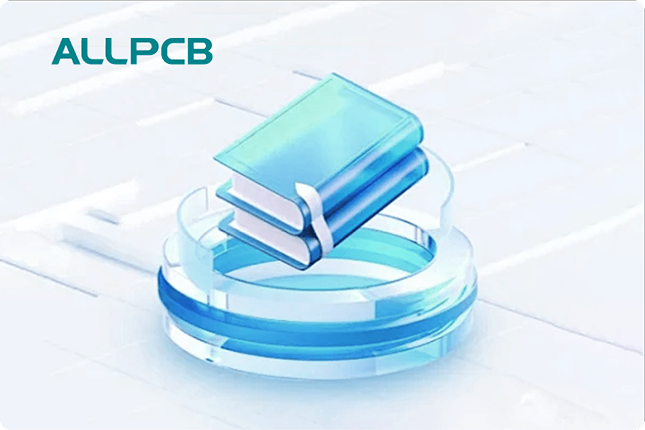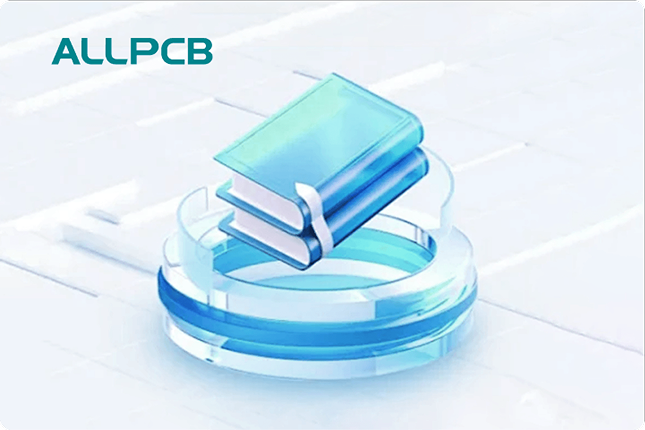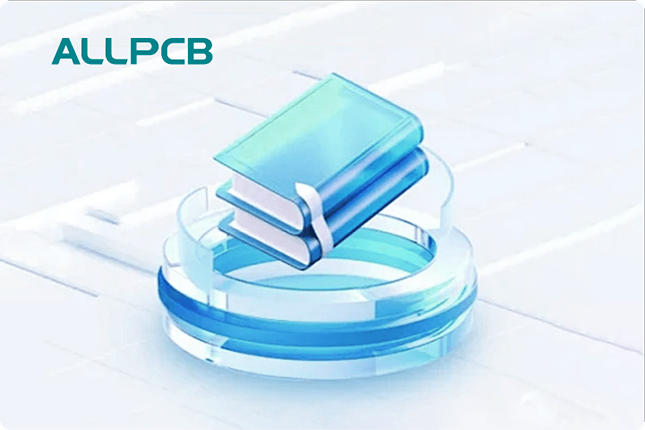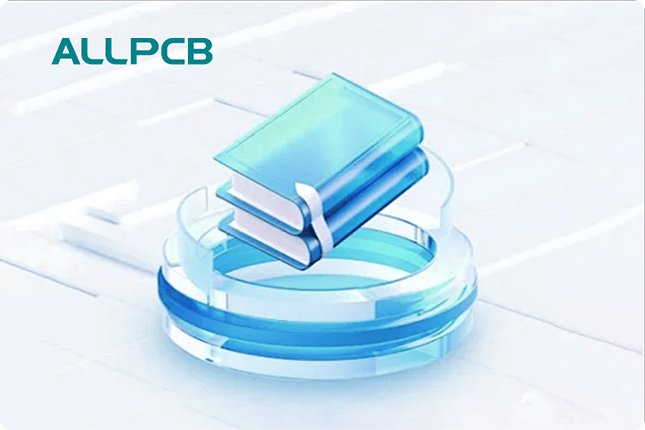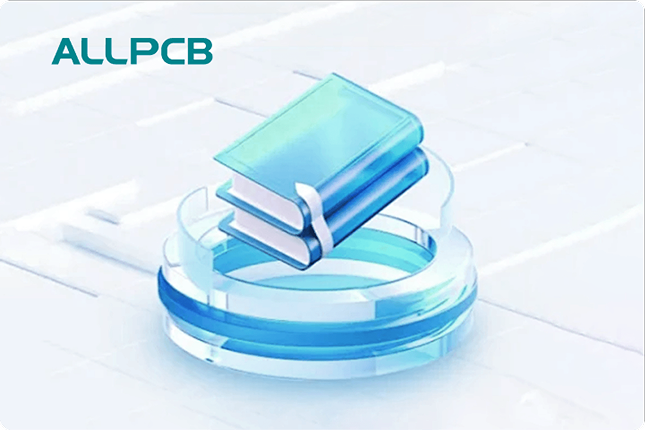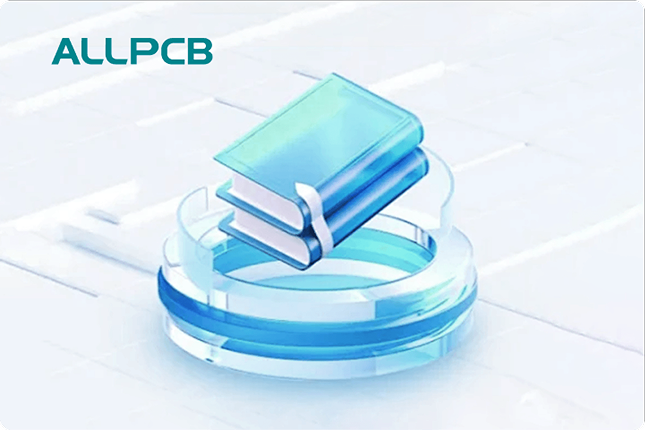If you're looking to ensure reliable solder joints on immersion silver PCBs, the right solder paste selection is critical. Immersion silver, a popular lead-free surface finish, offers excellent solderability, but it requires careful compatibility with solder paste to avoid issues like oxidation or weak joints. In this comprehensive guide, we'll dive into the best practices for choosing solder paste for immersion silver, improving solder joint reliability, and optimizing your PCB assembly process. Let's explore how to achieve consistent, high-quality results with practical tips and detailed insights.
Why Immersion Silver PCBs Require Special Attention for Solder Paste Selection
Immersion silver is a widely used surface finish for printed circuit boards (PCBs) due to its excellent conductivity, cost-effectiveness, and compatibility with lead-free soldering processes. This finish involves a thin layer of silver deposited on the copper pads, typically ranging from 0.05 to 0.3 micrometers in thickness. While it provides a flat surface for soldering and supports fine-pitch components, immersion silver is prone to tarnishing and oxidation if not handled properly. This sensitivity makes solder paste compatibility a key factor in achieving reliable solder joints.
The primary challenge with immersion silver is its potential to form microvoids or exhibit creep corrosion under certain conditions, which can compromise solder joint reliability. Choosing a solder paste that works well with this finish can mitigate these risks, ensuring strong bonds during the reflow soldering process. Let's break down the essential considerations for optimizing your solder paste selection.
Key Factors in Solder Paste Selection for Immersion Silver PCBs
Selecting the right solder paste for immersion silver PCBs involves evaluating several factors to ensure compatibility and performance. Here are the critical aspects to consider during your selection process:
1. Alloy Composition and Lead-Free Compatibility
Most modern PCB assemblies use lead-free solder pastes to comply with environmental regulations like RoHS. For immersion silver finishes, SAC (Sn-Ag-Cu) alloys, such as SAC305 (96.5% tin, 3% silver, 0.5% copper), are commonly recommended. These alloys provide a good balance of melting temperature (around 217-220°C) and mechanical strength, which aligns well with the properties of immersion silver.
The silver content in the solder paste can enhance wetting on immersion silver surfaces, reducing the risk of non-wetting defects. However, ensure that the alloy's melting point matches your reflow profile to prevent issues like incomplete melting or thermal stress on components.
2. Flux Type and Activity Level
Flux plays a vital role in removing oxides and ensuring proper wetting during soldering. For immersion silver PCBs, no-clean fluxes are often preferred due to their low residue and compatibility with sensitive finishes. These fluxes minimize the risk of corrosion on the silver layer post-soldering. However, if your assembly process involves high-density components or fine-pitch soldering, a water-soluble flux might be necessary for better cleaning of residues.
The activity level of the flux should be moderate to high to effectively combat the potential oxidation of the silver finish. Look for fluxes classified as ROL0 or ROL1 under the J-STD-004 standard, as they provide sufficient activity without excessive residue.
3. Particle Size and Stencil Printing Performance
Solder paste particle size impacts stencil printing quality, especially for immersion silver PCBs with fine-pitch components. Type 4 (20-38 micrometers) or Type 5 (15-25 micrometers) solder pastes are ideal for high-density assemblies, as they ensure precise deposition through small stencil apertures. Proper printing reduces defects like insufficient solder or bridging, directly contributing to solder joint reliability.
Ensure that the solder paste has good viscosity and tackiness to maintain stability during printing and component placement. A paste with a slump resistance rating of 0.2 mm or lower (per IPC-TM-650 standards) can prevent issues during the assembly process.
Enhancing Solderability of Immersion Silver PCBs
Immersion silver offers excellent solderability compared to other finishes like HASL (Hot Air Solder Leveling), but its performance depends on proper handling and storage. Silver can tarnish when exposed to sulfur-containing environments, forming silver sulfide layers that hinder wetting. To maximize immersion silver solderability, follow these best practices:
- Storage Conditions: Store immersion silver PCBs in anti-tarnish packaging or nitrogen cabinets to minimize exposure to air and humidity. Ideally, maintain a storage temperature below 25°C and relative humidity under 50%.
- Time to Assembly: Assemble PCBs within 6-12 months of manufacturing to avoid significant tarnishing. If stored longer, consider a pre-baking step at 85°C for 2-4 hours to remove moisture and minor oxidation.
- Solder Paste Application: Apply solder paste immediately before reflow to reduce the chance of oxidation on the silver surface. Use automated dispensing systems for consistent application.
By maintaining these conditions, you can preserve the solderability of immersion silver finishes and ensure better compatibility with your chosen solder paste.
Achieving Solder Joint Reliability with Immersion Silver PCBs
Solder joint reliability is the ultimate goal of any PCB assembly process. For immersion silver PCBs, reliable joints depend on minimizing defects like microvoids, cracks, or intermetallic compound (IMC) growth. Here's how to achieve strong, durable solder joints:
1. Optimize Reflow Soldering Profiles
The reflow soldering process must be tailored to the solder paste and immersion silver finish. A typical reflow profile for SAC alloys includes a preheat stage (150-180°C for 60-90 seconds), a soak stage to activate flux, and a peak temperature of 235-245°C for 20-40 seconds. Avoid exceeding 260°C, as high temperatures can accelerate IMC formation between the silver layer and solder, weakening the joint over time.
Monitor the cooling rate after reflow as well. A controlled cooling rate of 2-4°C per second helps prevent thermal shock and reduces internal stresses in the solder joint.
2. Minimize Microvoid Formation
Microvoids are small gaps in the solder joint that can compromise mechanical strength and electrical conductivity. They often form due to outgassing during reflow or poor wetting on the immersion silver surface. To reduce microvoids:
- Use a solder paste with low volatile content (less than 1% by weight).
- Ensure proper stencil design with an area ratio above 0.66 to avoid insufficient paste volume.
- Implement a nitrogen reflow atmosphere if possible, as it reduces oxidation and improves wetting.
Studies suggest that microvoid percentages below 5% of the joint area are acceptable for most applications, but aim for under 2% for high-reliability designs like automotive or aerospace electronics.
3. Test for Joint Strength and Durability
After assembly, perform tests like shear strength testing or thermal cycling to evaluate solder joint reliability. Shear strength for SAC solder joints on immersion silver should typically exceed 25 N/mm2 for robust performance. Thermal cycling between -40°C and 125°C for 1000 cycles can reveal potential weaknesses like crack propagation or delamination.
Common Challenges and Solutions in PCB Assembly with Immersion Silver
While immersion silver offers many benefits, certain challenges can arise during PCB assembly. Here are some common issues and how to address them:
1. Tarnishing and Oxidation
As mentioned earlier, immersion silver is prone to tarnishing, which can reduce solderability. If tarnishing occurs, a mild cleaning process using an anti-tarnish solution or a soft abrasive pad can restore the surface. However, avoid aggressive cleaning methods that might remove the silver layer.
2. Creep Corrosion
Creep corrosion happens when silver migrates under specific environmental conditions, leading to short circuits. This is more common in high-sulfur environments. To prevent it, apply conformal coating after assembly to protect the PCB surface, and ensure proper storage before soldering.
3. Compatibility with Fine-Pitch Components
For fine-pitch components (below 0.5 mm), ensure your solder paste and stencil design support precise deposition. Use Type 5 solder paste and laser-cut stencils with polished apertures for optimal results. Additionally, verify that the reflow profile prevents solder balling or bridging.
Best Practices for Solder Paste Compatibility with Immersion Silver
To wrap up the key points, here are actionable best practices for ensuring solder paste compatibility with immersion silver PCBs:
- Select a lead-free SAC alloy paste with silver content for better wetting.
- Choose no-clean or water-soluble fluxes with moderate to high activity levels.
- Use Type 4 or Type 5 solder paste for fine-pitch and high-density designs.
- Store immersion silver PCBs properly to prevent tarnishing before assembly.
- Tailor your reflow profile to the solder paste specifications, avoiding excessive heat.
- Conduct post-assembly testing to confirm solder joint reliability under stress conditions.
By following these guidelines, you can minimize defects and ensure long-term performance for your PCB assemblies.
Conclusion: Building Reliable PCB Assemblies with the Right Solder Paste
Optimizing solder paste selection for immersion silver PCBs is a critical step in achieving reliable solder joints and high-quality assemblies. By focusing on alloy composition, flux type, particle size, and reflow conditions, you can address the unique challenges of immersion silver finishes like tarnishing and microvoids. Proper storage, handling, and testing further enhance solder joint reliability, ensuring your PCBs perform consistently in demanding applications.
Whether you're working on consumer electronics, automotive systems, or industrial equipment, the right solder paste and assembly techniques make all the difference. With these insights, you're equipped to improve your PCB assembly process and deliver durable, high-performance products. Focus on compatibility and precision, and your immersion silver PCBs will stand the test of time.
 ALLPCB
ALLPCB


